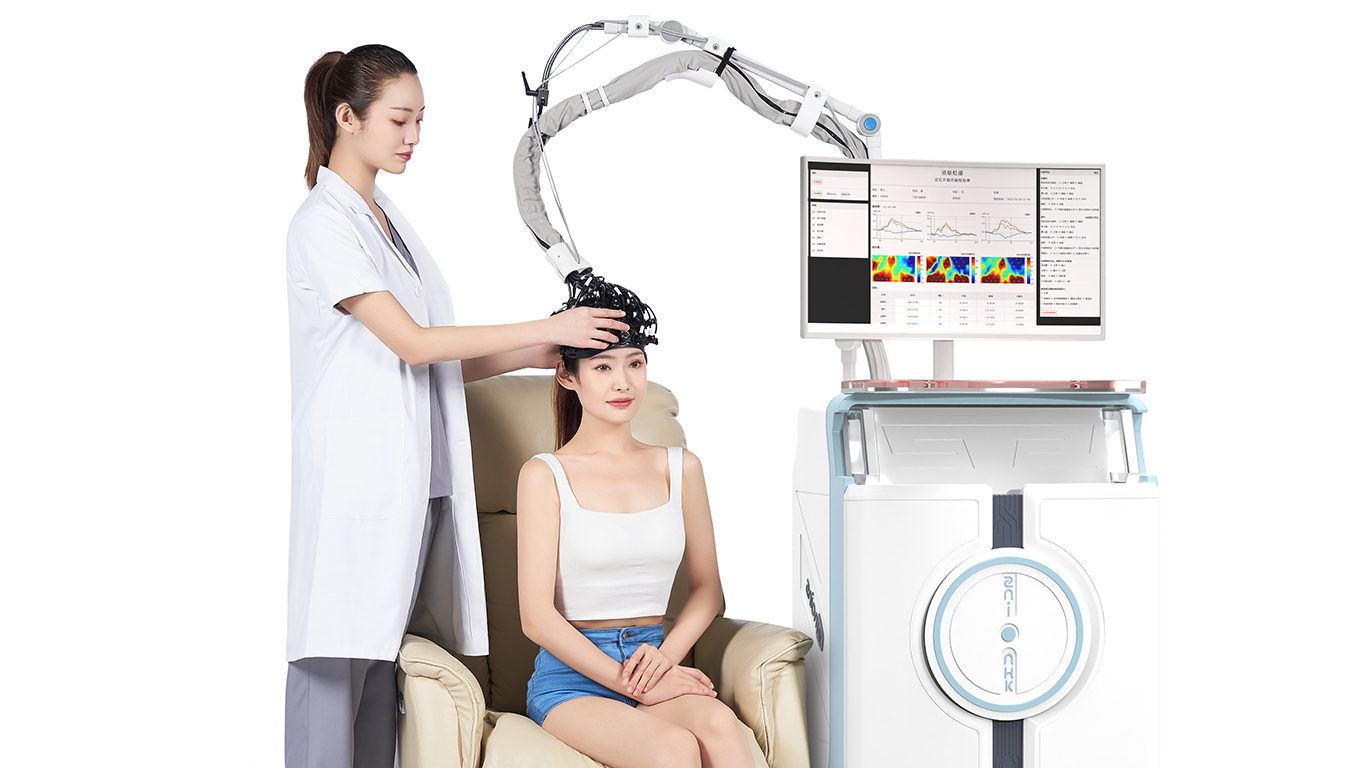Social Cognitive and Affective Neuroscience, 2022,17, 850–863
DOI: https://doi.org/10.1093/scan/nsac005
Advance Access Publication Date: 26 January 2022
Original Manuscript
Inter-brain neural mechanism underlying turn-based
interaction under acute stress in women:
a hyperscanning study using functional
near-infrared spectroscopy
Hanxuan Zhao,
1,2
Yadan Li,
1
Xuewei Wang,
3
Yuecui Kan,
4
Sihua Xu,
2
and Haijun Duan
1
1
Key Laboratory of Modern Teaching Technology, Ministry of Education, Shaanxi Normal University, Xi’an 710062, China
2
Center for Magnetic Resonance Imaging Research & Key Laboratory of Applied Brain and Cognitive Sciences, School of Business and Management, Shanghai
International Studies University, Shanghai 200083, China
3
Centre for Mental Health Education, Xidian University, Xi’an, Shaanxi 710071, China
4
School of Psychology, Shaanxi Normal University, Xi’an 710062, China
Correspondence should be addressed to Haijun Duan, Key Laboratory of Modern Teaching Technology, Ministry of Education, Yanta Campus, Shaanxi Normal
University, 199 South Chang’ an Road, Xi’an 710062, China. E-mail:duanhj@126.com.
Abstract
With the ever-changing social environment, stress has exerted a substantial influence on social interaction. The present study exam-
ined the underlying cognitive and neural mechanism on how acute stress affected the real-time cooperative and competitive interaction
with four hypothesized path models. We used the hyperscanning technique based on functional near-infrared spectroscopy (fNIRS)
device to examine brain-to-brain coherence within the dyads engaging Pattern Game under acute stress manipulated through Trier
Social Stress Test for Groups. Behavioral results showed stressed dyads exhibited better cooperative performance and higher self-other
overlap level during the cooperative session than dyads in the control group. The fNIRS results identified higher interpersonal brain
synchronization in the right temporal-parietal junction (r-TPJ)
外2022女性急性应激下轮流互动的脑间神经机制


